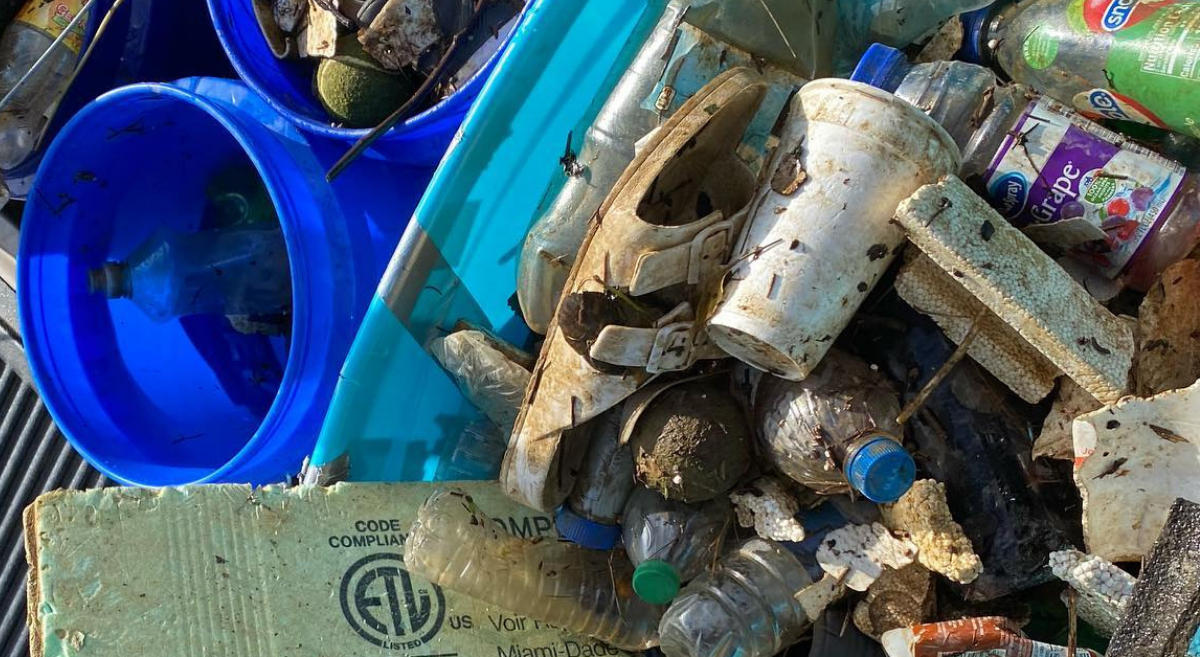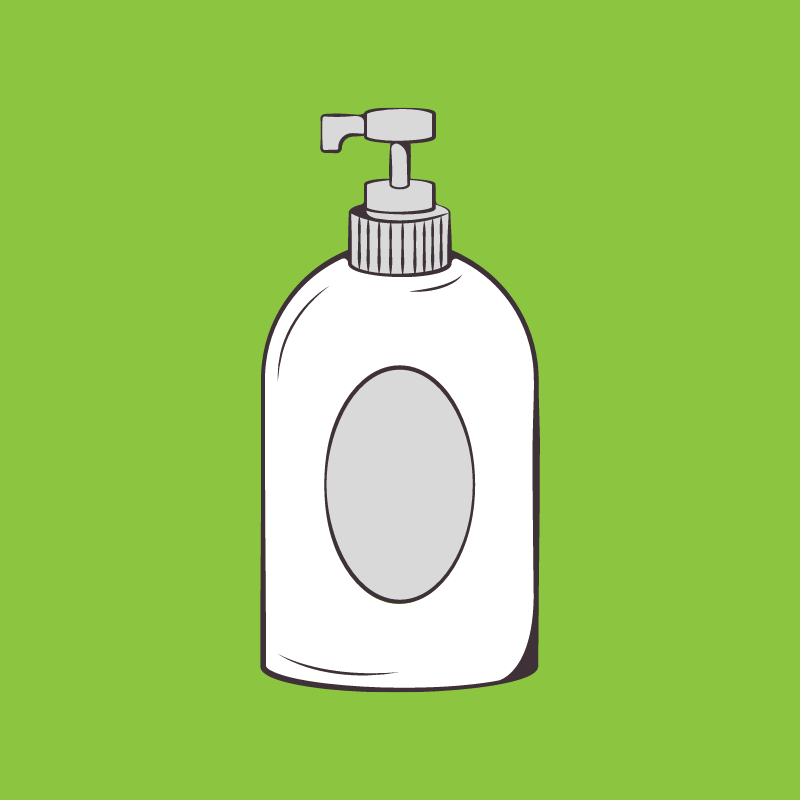Facts & Resources
We can and must take action to mitigate the ongoing plastic pollution problem in Western North Carolina. Plastics — especially single-use plastics — are clogging up our rivers and streams, posing grave threats to native biodiversity and overall ecosystem health.

Two of the most commonly used chemicals in plastic manufacturing:
styrene
Styrene is used to make styrofoam cups, food containers, and disposable coolers, leaching into the food and drinks they hold and from landfills into drinking water. It’s classified as a likely human carcinogen that causes liver, kidney, and circulatory problems.
phthalates
Used to enhance the durability of plastic products, phthalates can be found in personal care products, food packaging, children's toys, shower curtains, and more. These chemical additives disrupt the endocrine system and harm the reproductive and nervous systems. They have also been linked to higher rates of childhood asthma and other respiratory conditions.
So commonly used, these harmful chemicals leach into the environment with ease.
Plastic Pollution in WNC
microplastics are present in the french broad river…
MountainTrue has conducted widespread microplastic sampling throughout the French Broad Watershed. On average, we’ve found 15.5 pieces of microplastic per 1-liter sample of water, with some samples as high as 40 or 50 pieces per liter.
The most common type of microplastics in the French Broad River are films (39.5%), the sources of which are plastic bags, food packaging, and candy wrappers.
Other common microplastic sources include fibers (31.5%) — from fishing lines, synthetic clothing, and nylon rope —and fragments (29%) from hard plastics, bottles, toys, and styrofoam.
And in the Watauga and new river watersheds.
MountainTrue has found an average of 11 pieces of microplastic per 1-liter sample of water.
MountainTrue has also utilized a Trash Trout to collect single-use plastic waste samples along Winkler Creek — a tributary of the New River that flows through the Town of Boone. Single-use plastics accounted for 86.4% of all items found in the Trash Trout.
The most common single-use plastic items found in the Trash Trout include cigarette butts (4.8%), plastic bags (2.7%), balloons (0.07%), plastic straws (0.52%), plastic bottles (7.6%), and styrofoam (84.2%).
The NC solid waste management act:
Asserts that it’s North Carolina's policy to prioritize waste reduction at the source.
Requires each county to establish solid waste reduction programs.
Mandates that towns, cities and counties implement programs and other actions to address deficiencies and “protect human health and the environment.”
Nullifies state preemption.
Nullification of state preemption:
G.S. §130A-309.09C(c) NC states that “[n]othing in this Part shall be construed to prevent the governing board of any county or municipality from providing by ordinance or regulation for solid waste management standards which are stricter or more extensive than those imposed by the State.”
This means that the NC Solid Waste Management Act doesn’t just give NC towns, cities and counties the authority to act on plastics. Because the presence of a pollutant that is harmful to both human health and the environment has been documented in our region, the law mandates that NC towns, cities and counties must act.
False solutions:
-

Waste-to-energy (incineration)
Waste incineration is often presented as an alternative to landfills or even as “recycling” because energy can be generated from burning the plastic, though we don’t consider this to be true recycling.
-

Waste-to-fuel (incineration)
Burning plastic undermines source reduction and gives plastic producers a cover to keep making more plastic and generate even more waste. Burning waste is known to produce lead and mercury emissions, which can cause learning and developmental disabilities, as well as respiratory and reproductive issues.
-

Chemical recycling
Chemical recycling includes gasification, pyrolysis, hydropyrolysis, methanolysis, enzymatic breakdown, and waste-to-fuel. The sad, unjust truth is that incinerators and chemical recycling facilities are almost always sited near vulnerable populations.
Treating plastic pollution as a waste management issue is never going to solve the problem. PLASTIC POLLUTION IS AN ENVIRONMENTAL JUSTICE ISSUE REQUIRING systemic change.
We must reduce plastics at the source. Individual and voluntary efforts are great, but game-changing solutions require political intervention.
Plastics are a product of the fossil fuel economy, and while some plastics are beneficial due to their unique properties as a material, the vast majority of plastics are single-use and disposable.
Plastics are flawed by design, in that they are designed to be used briefly and disposed of, then persist for centuries.




